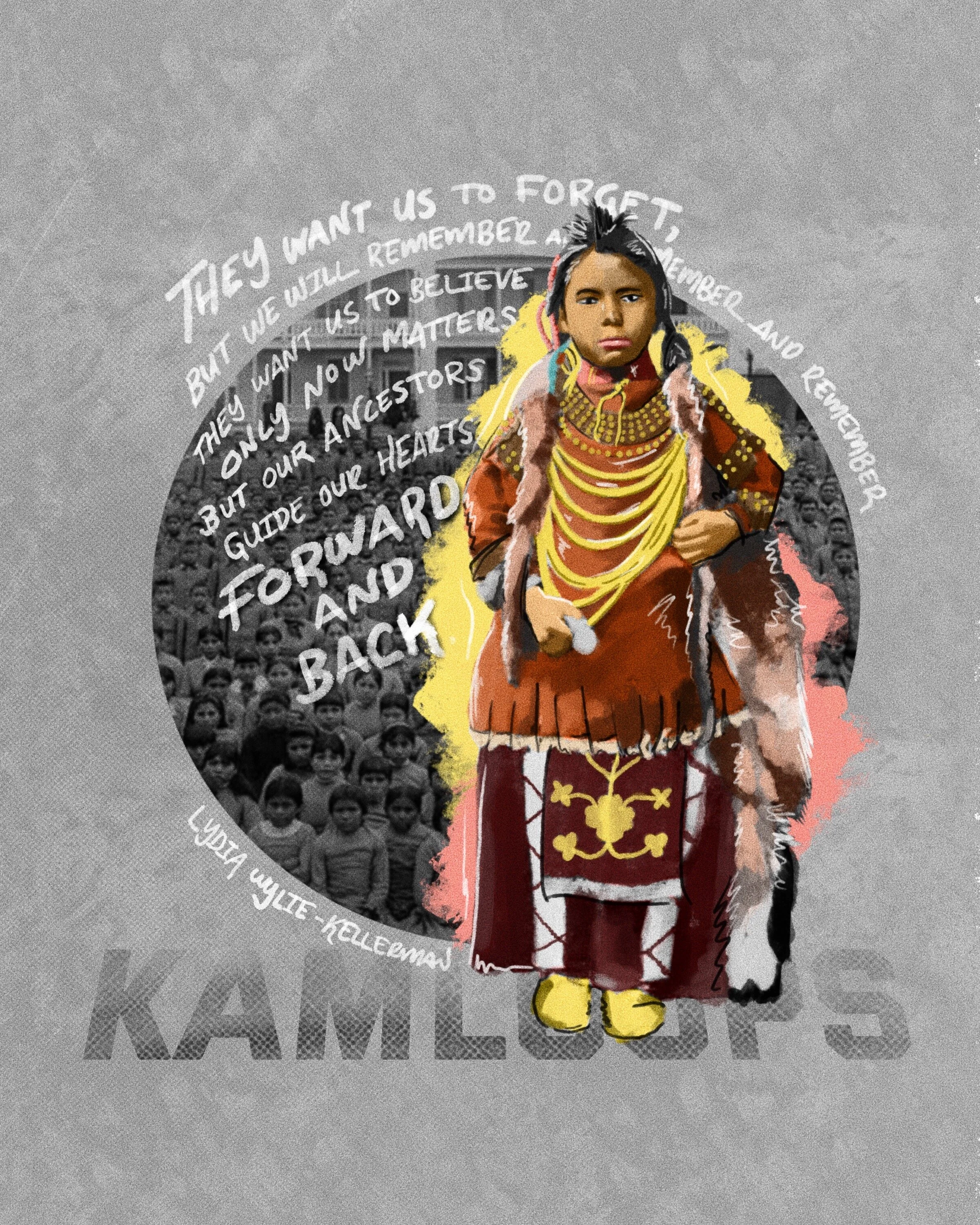Remembering is resistance.
I liked Colson Whitehead’s book The Underground Railroad. I saw it was being adapted for a series by Barry Jenkins, and was intrigued. I haven’t seen it yet, but it sparked a conversation around how to depict traumatic events throughout history.
To be honest, there’s a real tension between wanting to commemorate these events with a never-forget kind of energy, and the reality that the communities who’ve been hit by them directly don’t need to be retraumatized over and over.
Then two things happened in the past week that added further layers to that discussion.
The 100-year-anniversary of the Tulsa Massacre on Black Wall Street. The outright destruction of a thriving Black district because of white supremacy. It’s an event that only started receiving a spike of media attention in the past 2-3 years. Three survivors- Mother Randle, Viola Fletcher, and Hughes Van Ellis made recent appearances in a commemorative event, a reminder of the lives upended that never received justice.
Then there was the discovery of the remains of 215 children at a residential school in Kamloops British Columbia. Residential Schools were a practice by Catholic and Protestant churches in Canada, and the Canadian government where children were removed from their families and sent to ‘boarding schools’ intended to separate them from their cultural identity. Over 90% experienced some form of abuse and the schools had a 40-60% mortality rate. This was not long ago.
Honestly I don’t think there can be a totally “right” response to events so far removed from any notion of the way things should be. Concerns over the consumption of shared trauma are valid. But I have learned two things lately:
Nothing heals that isn’t grieved.
Rememberance can be resistance in a world that would rather have you forget and move on.



